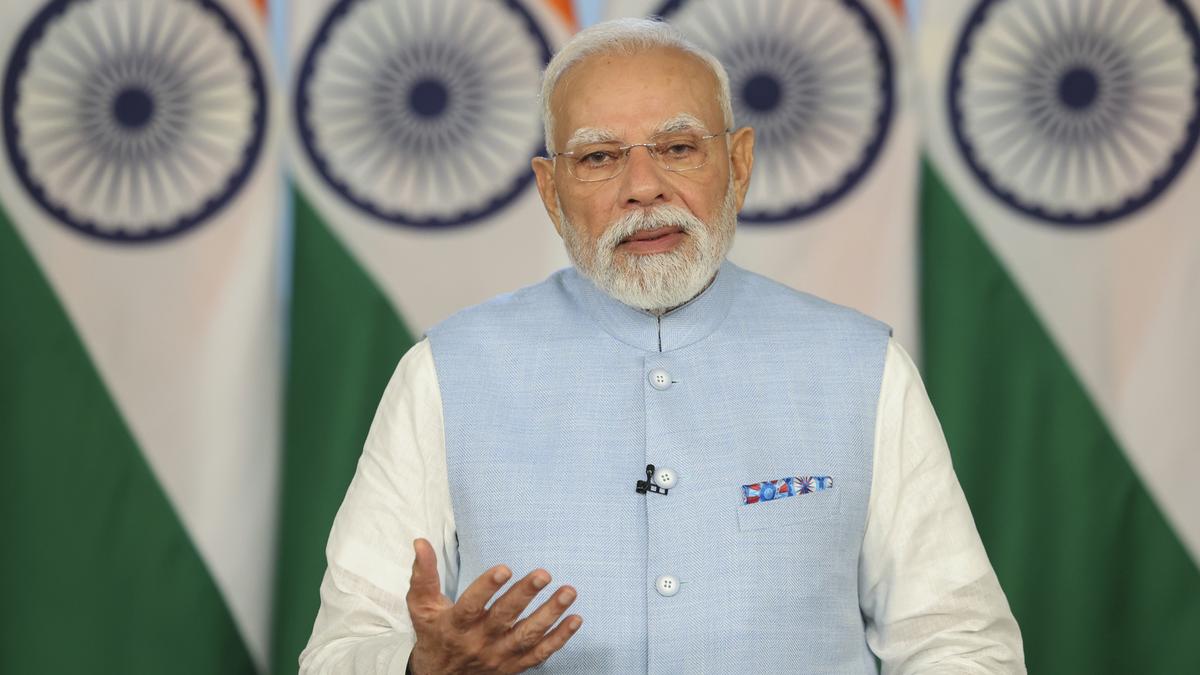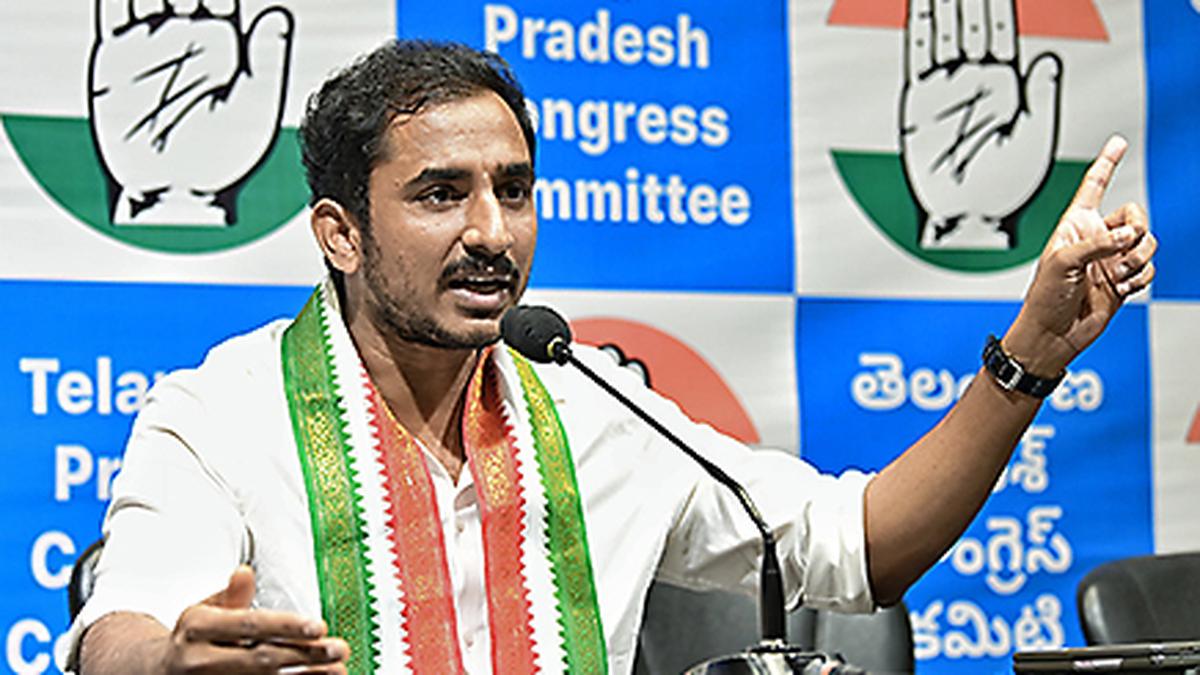Now Reading: PM Hails GST 2.0 as a Step Towards Economic Self-Reliance and Savings
-
01
PM Hails GST 2.0 as a Step Towards Economic Self-Reliance and Savings
PM Hails GST 2.0 as a Step Towards Economic Self-Reliance and Savings

Rapid Summary
- Next Generation GST reform: India is set to roll out a simplified two-slab Goods and Services Tax (GST) regime at midnight on September 21, 2025. The move reduces GST slabs from four to two, with many daily-use goods’ tax rates dropping from 12% to 5%.
- Prime Minister’s Address: PM Modi described the reform as a “bachat utsav” (festival of savings) and highlighted it’s role in fostering self-reliance (aatmanirbharta). He connected lower prices and reduced tax compliance with boosting domestic manufacturing.
- Impact on Economy: The reforms are projected to save ₹2.5 lakh crore for households through cheaper goods. An increase in the Income Tax exemption limit to ₹12 lakh/year was also announced, benefiting the middle and neo-middle classes.
- MSME Sector Focus: Modi stressed that Micro, Small, and Medium Enterprises (MSMEs) have a key role in making India self-reliant by producing world-class goods domestically.
- Call for Self-Reliance: He appealed for greater adoption of swadeshi (domestic) products while acknowledging prior economic gains like bringing 25 crore people above the poverty line over the last decade.
Indian Opinion Analysis
The revised GST structure represents significant progress toward simplifying India’s indirect taxation system while emphasizing affordability for common citizens. Lowering compliance burdens coupled with price reductions showcases an intent to balance governance efficiency with public welfare.
PM Modi’s larger narrative of aatmanirbharta, entwined with trade policy shifts toward domestic production, is strategic amidst global trade challenges such as high foreign tariffs. Strengthening MSMEs aligns well with this vision but demands robust implementation support at state levels-particularly capacity-building initiatives.
While favorable economic projections (e.g., household savings worth ₹2.5 lakh crore annually) are highlighted in this approach, sustaining such benefits requires cohesion among stakeholders across government machinery and local industries endorsing the swadeshi ethos effectively.
For further details: Read more
—
Images:
!80/20250919198L.jpg”>Image Description
!Image Description























